2018/19 Highlights
University of Cambridge Museums
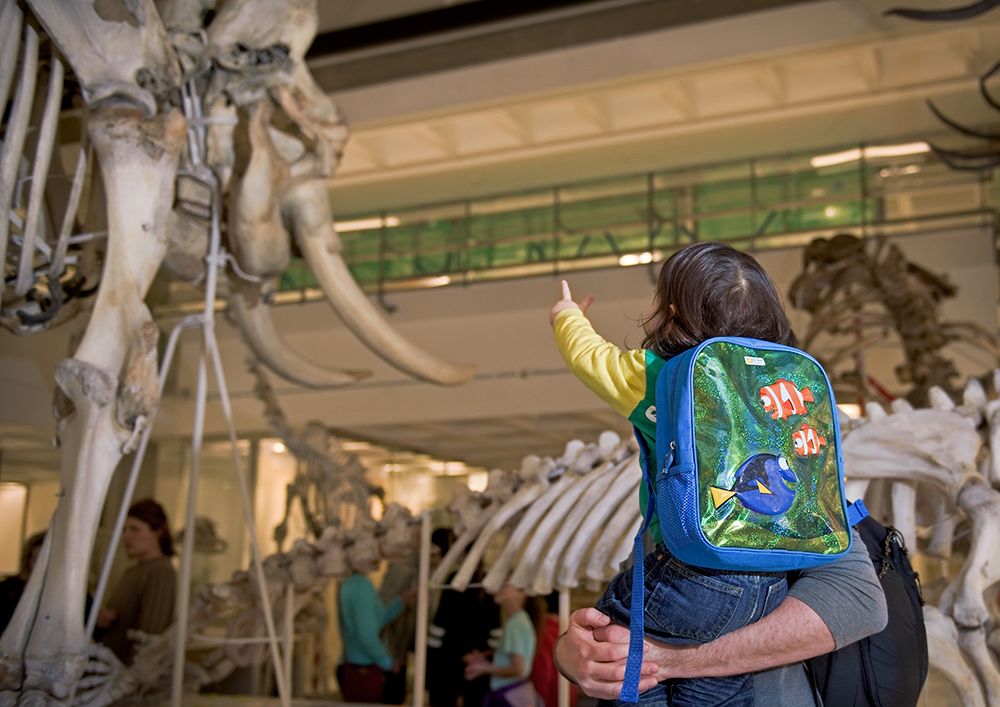
What happens when you bring together eight museums and a Botanic Garden, our diverse, vibrant communities, and the research power of the University of Cambridge?
Read on to find out, as we share our 2018-2019 highlights.
With seven years’ experience as a consortium, the University of Cambridge Museums (UCM)’s confident and creative approach to collaboration has seen us draw in new partners, from the University and beyond. This year, we have focused on inclusivity and accessibility, ensuring our collections stay relevant and engage with the widest range of visitors.
The projects described below show us working together in different combinations and innovative ways, exploiting the interdisciplinary nature of our collections and our bridging position between university research and our diverse audiences. They are just a taste of the range of work that has taken place, and you can find more information about all of our projects on the UCM Blog.
We are grateful to the University of Cambridge, Research England, Higher Education Museums & Galleries Fund, National Lottery Heritage Fund, Arts Council England, Cambridge City Council, Cambridgeshire County Council and many other trusts and foundations for their continued support for the work of the University of Cambridge Museums and its individual collections.
Smash hit LGBTQ+ tours
It opened up a whole new world that I would never have been aware of.
In December 2018 we launched a pilot series of volunteer-led LGBTQ+ tours called Bridging Binaries. The project saw a team of dedicated volunteers develop their own LGBTQ+ tours in the Museum of Zoology, Museum of Classical Archaeology, Fitzwilliam Museum and Polar Museum.
Using research by award-winning consultant Dan Vo, the project has helped the museums bring out untold, marginalised stories in their collections and welcomed new communities, not just the LGBTQ+ community, but also non-visitors to the museums.
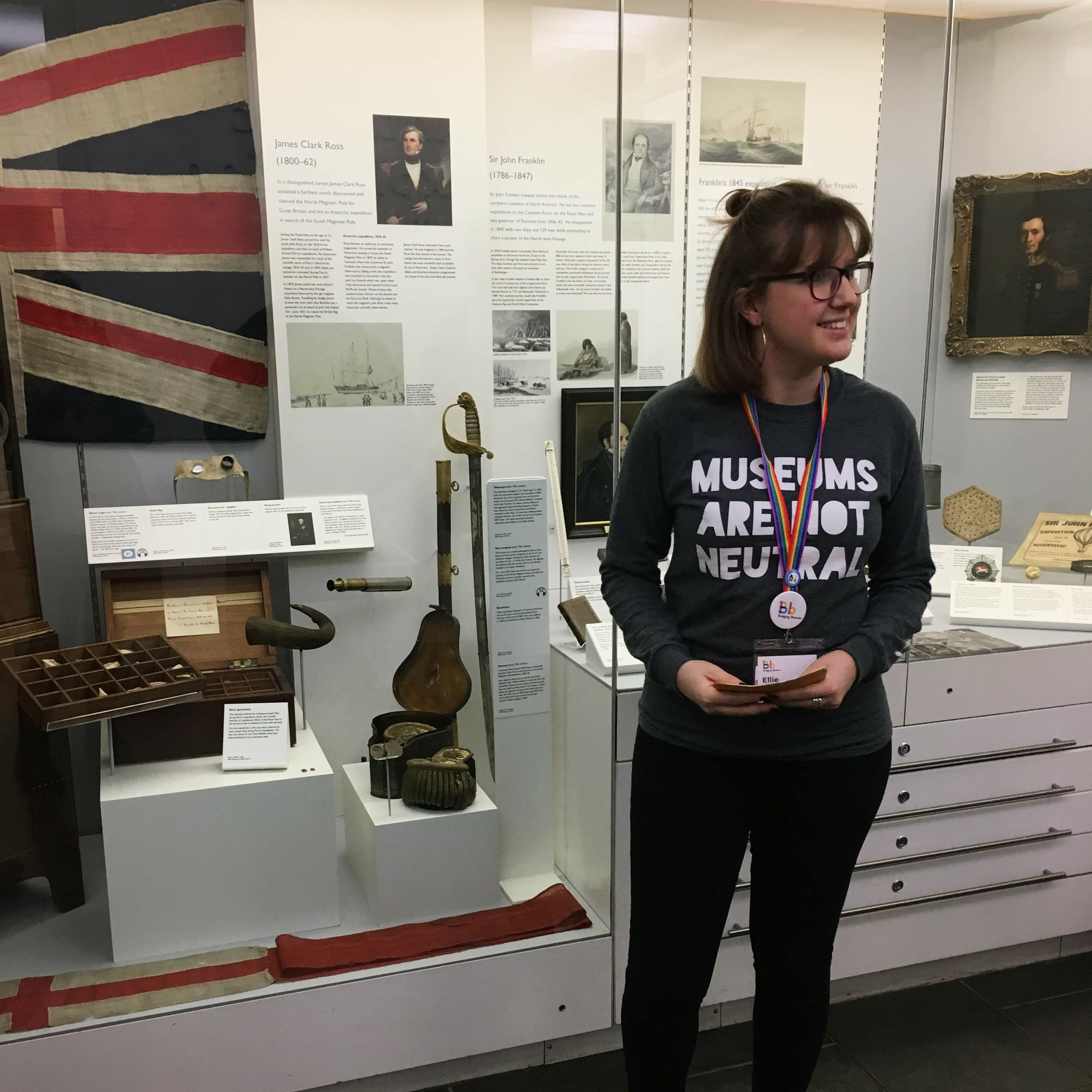
We worked with our local LGBTQ+ group, the Encompass Network, who contributed to a package of training that empowered the volunteers to shape their own tours from Dan's research. No two tours are the same, and each gives a personal introduction to the collection from the perspective of the guide.
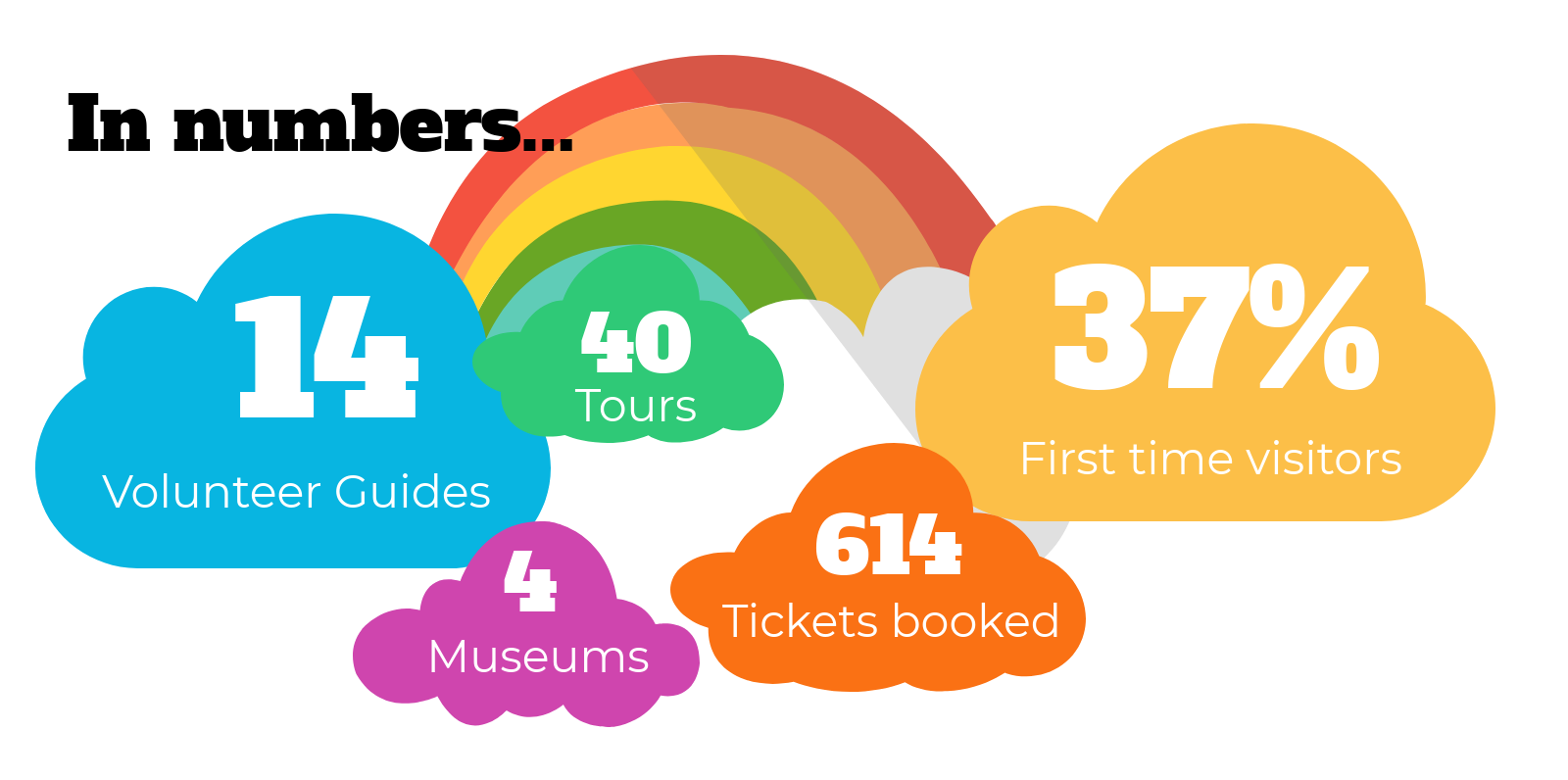
Selected press coverage:
New York Times
The Times
The Art Newspaper
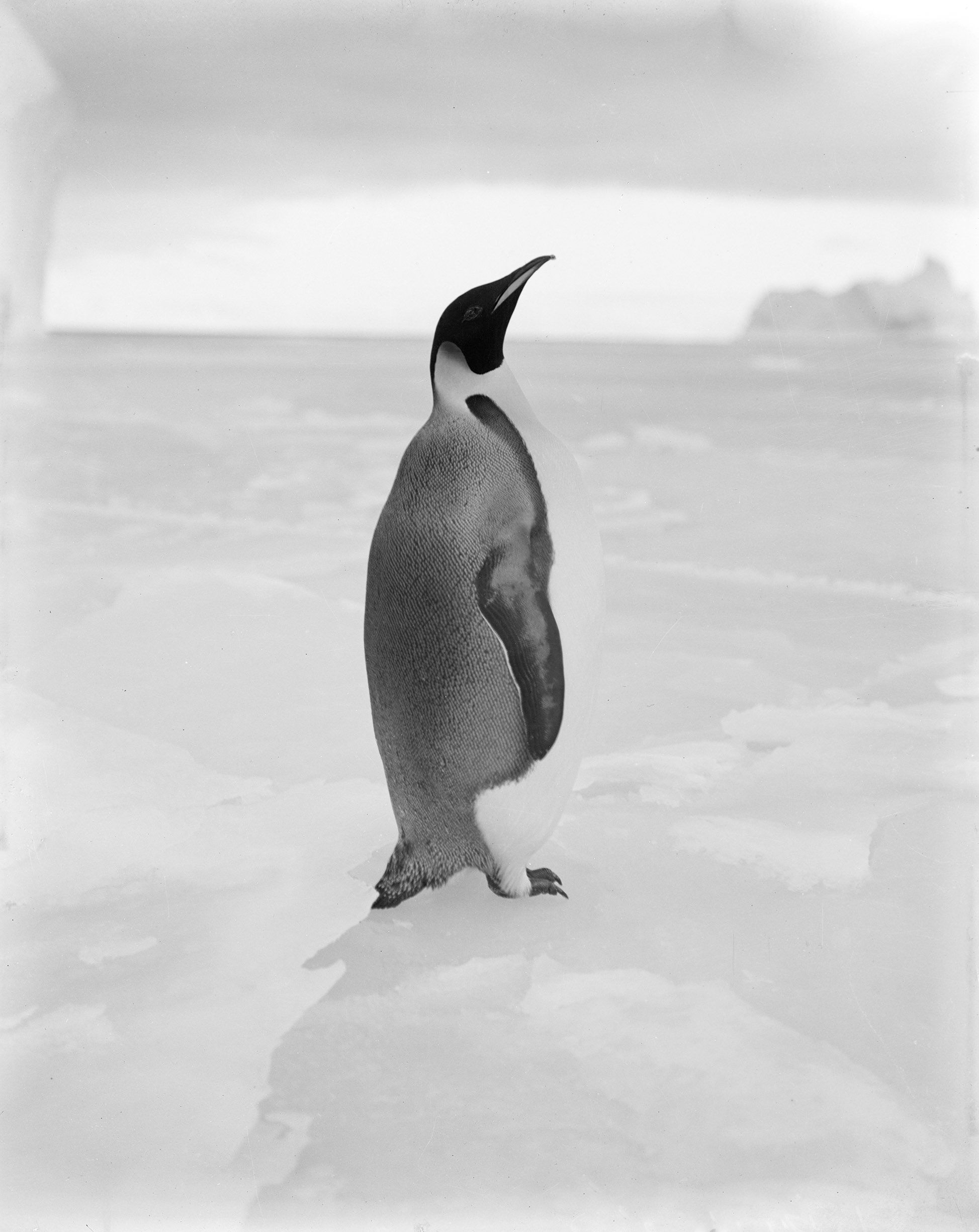
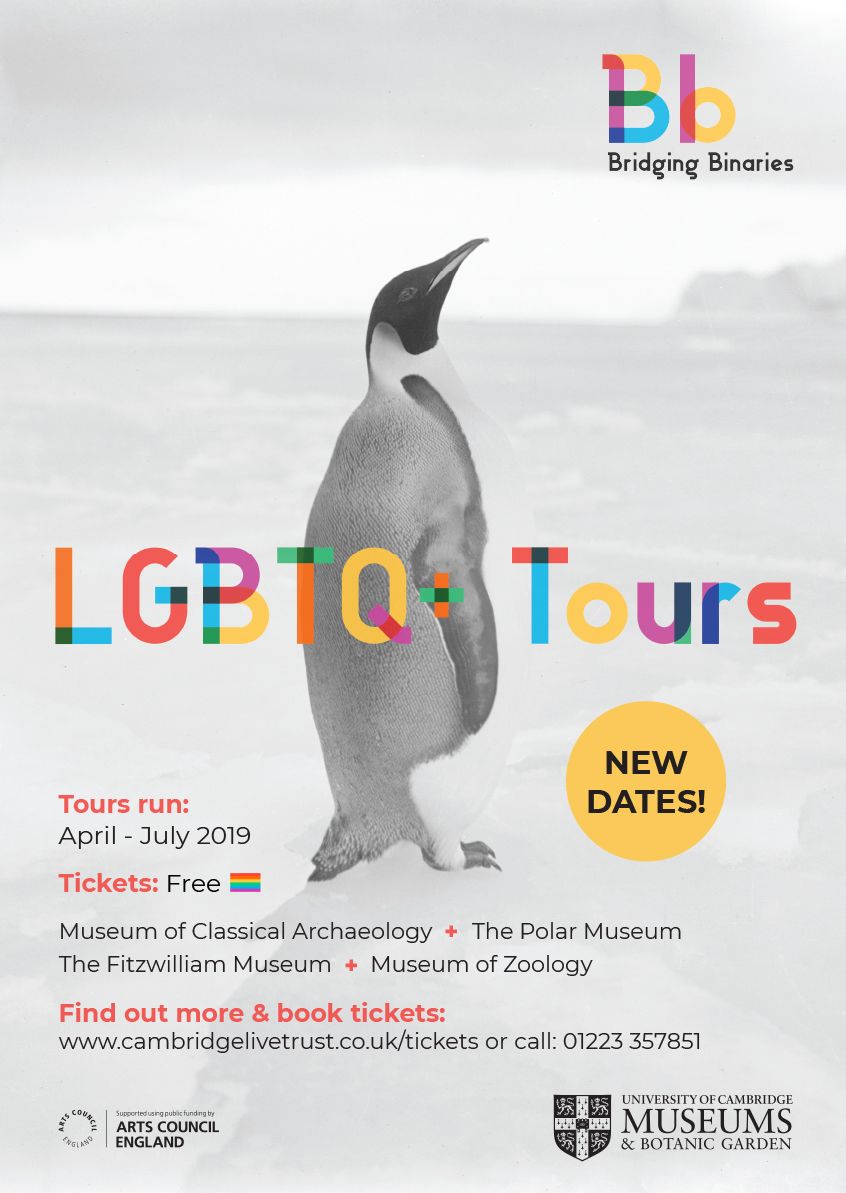
If we had to sum up 2018-19 in a sentence, it would be: the year we experimented with new ways of sharing knowledge, challenging our visitors with high-energy programmes and being challenged by them in turn. In the process, we've explored some of the difficulties facing our world today, from the legacies of colonialism to climate disaster.
Can you save the human race from climate disaster?
But at what cost - to ourselves, and to the planet? Operation Survival, our second live-action digital adventure game, launched in October across four UCM museums. Developed with Fire Hazard Games, Operation Survival explores environmental issues through the museum collections, and has attracted a new audience for the UCM.
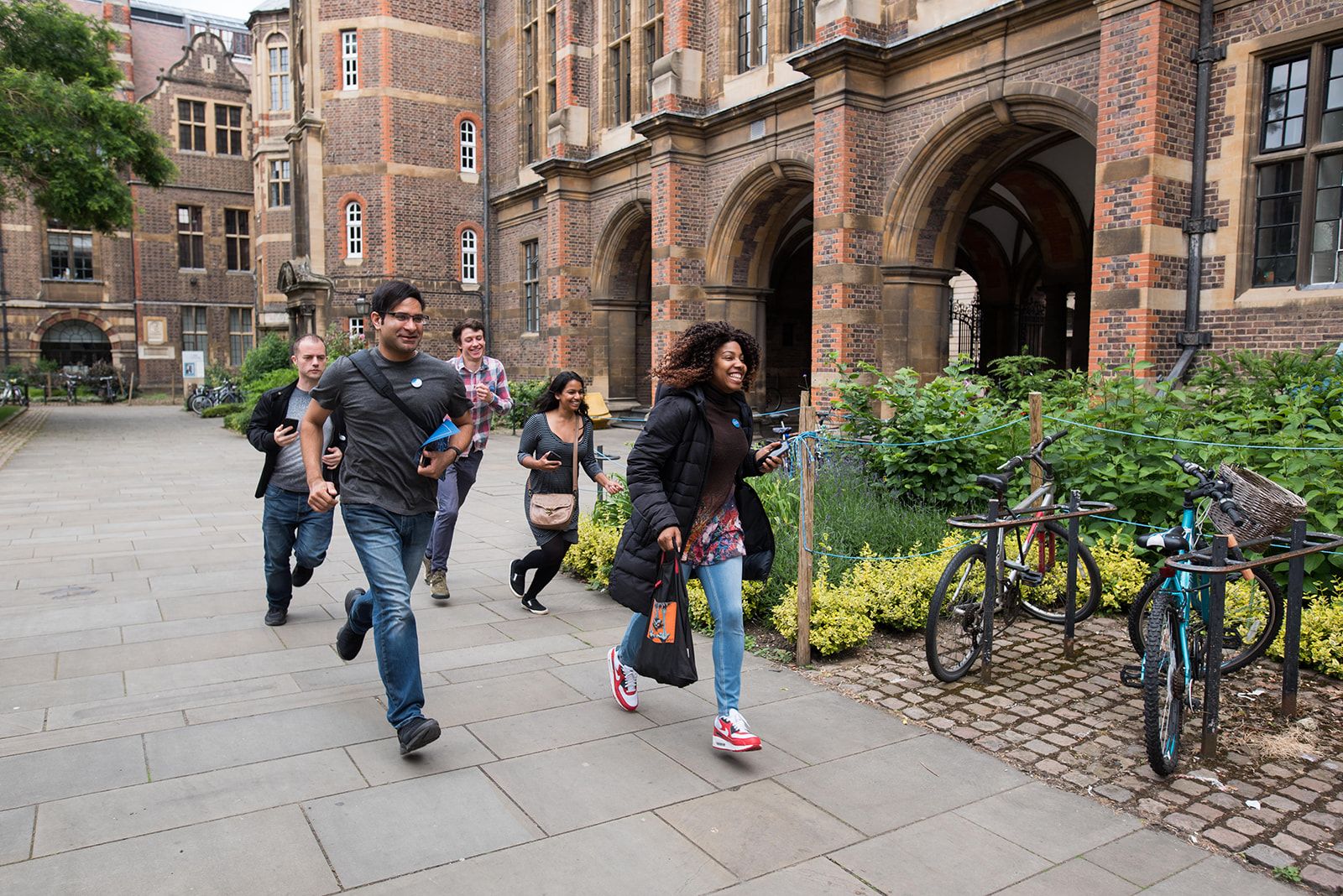
55% of the players attended from beyond Cambridge City, and 60% were visiting at least one of the museums for the first time; 95% said they would visit again.
A reminder that museums are an amazing source of information and you don't have to go to travel to the big ones to learn new stuff.
We also developed our digital capacity behind-the-scenes, with the launch of GLAM Digital Champions, bringing together digital colleagues from the Cambridge Garden, Libraries and Museums (GLAM), and sharing learning from 2018's successful Digital Maker Residency.
More on the UCM Blog:
Operation Survival
Digital Maker Residency
There's been a crime!
Ali the scientist was ready to shake up the world of algae research forever. But then something terrible happened...
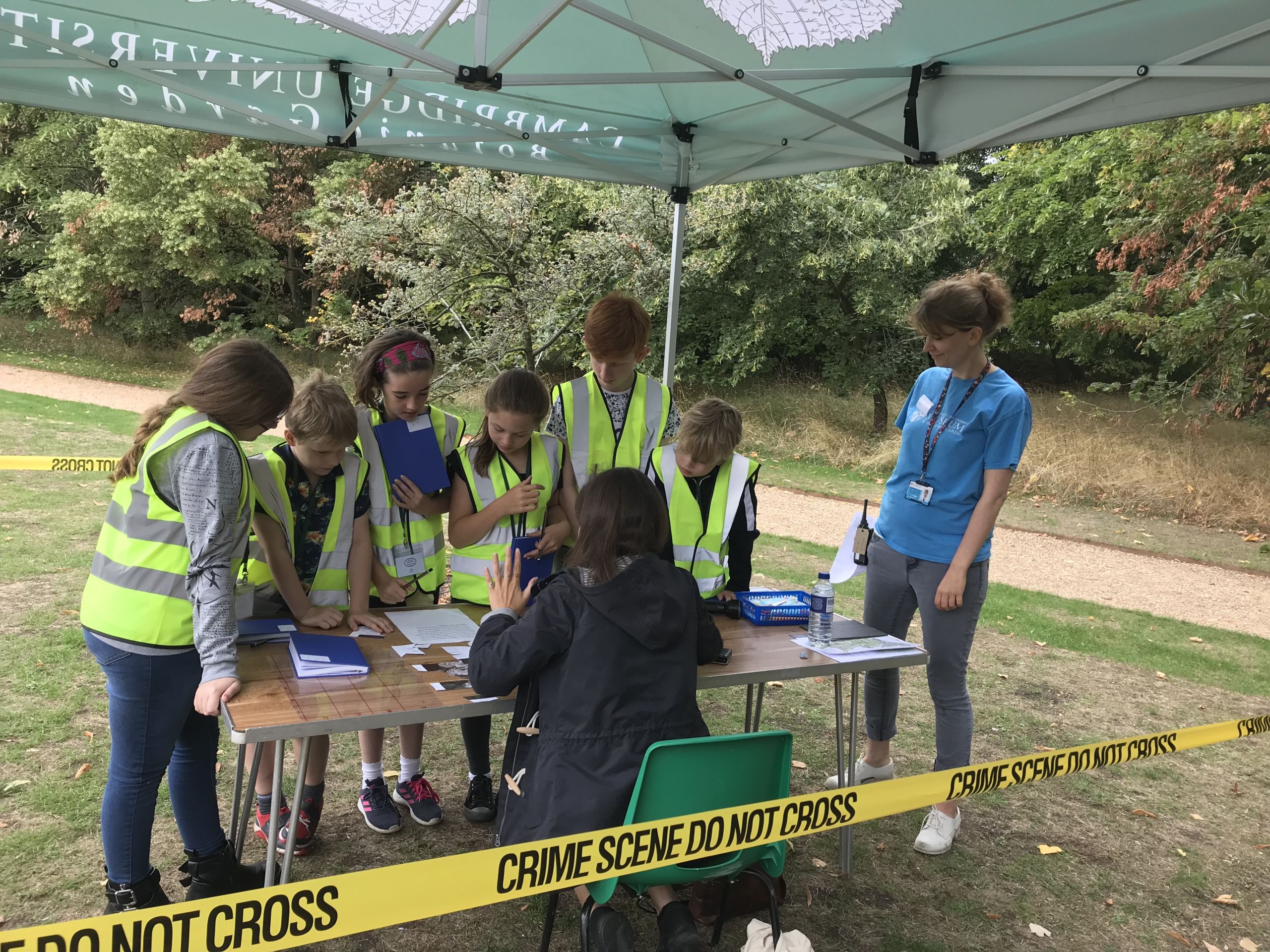
In a first for the UCM, 36 budding detectives aged 8-11 spent the day honing their forensic skills and then applying them to solve the mystery. A collaboration between the four UCM science museums and the Botanic Garden, Science Detectives aimed to show the children how different branches of science overlap, from botany and footprint silhouettes to satellite mapping and soil pH testing.
It made me want to be a scientist.
Science Detectives was part of our popular summer programme for families, Summer at the Museums. 12,058 visitors enjoyed 154 free or low-cost activities, and 46 children completed Arts Awards through UCM's participation in the City Council's Children and Young People's Participation Service (ChYpPS) Summerdaze programme. 43% of attendees (up 11%) were from targeted postcodes; 30% were first time visitors.
I never take my children to the museums because I thought they'd be bored and play up. But even in this rain they've sat doing so many fun activities. I will be taking them to visit as it's just a bike ride away.
More on the UCM Blog:
Science Detectives
A Museum Remix
In June we piloted a new kind of event: the Museum Remix. Part-workshop, part-provocation, part-mystery shop, the Remix challenged 20 contributors from across the museum sector, divided into three teams, to “remix” three historic collections.
There was only one rule: that the teams should be as creative, as provocative, and as challenging as they wished to be.
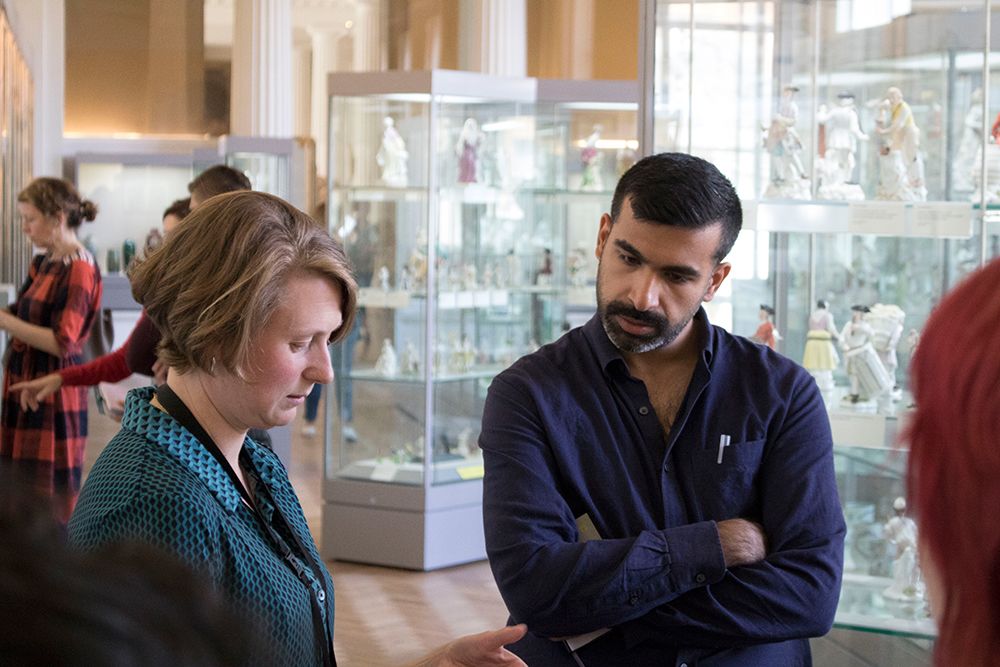
Over the course of two days, each team spent time in one of the museums. They explored the galleries, discussed the collections with museum staff, and came together to reflect on their findings. After some thought-provoking discussions as a group, they presented their findings to a gathering of UCM staff at the Museum of Classical Archaeology.
It was great to be given so much freedom and support to be honest and even provocative – usually it’s difficult to say critical things and I worry about the personal and professional consequences. This felt very freeing.
The teams had expert guidance from facilitators Sonya Dyer, Cheryl Bowen and Thanh Sinden. Sonya, Cheryl and Thanh are all members of Museum Detox, the network for BAME museum and heritage professionals. Their insight was crucial both for the workshop organisers and the Remixers, with whom they worked closely.
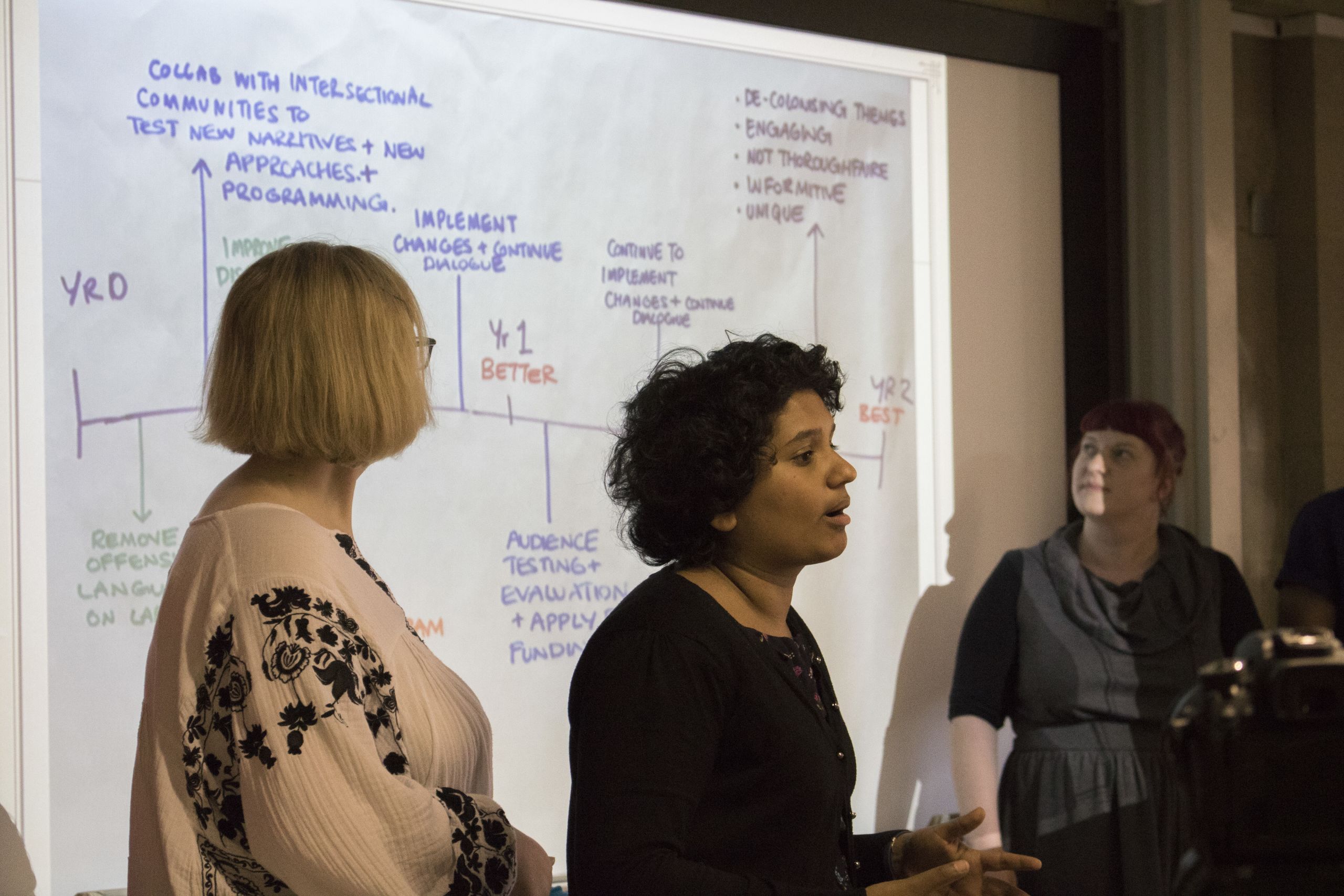
It was incredibly useful to be jolted out of complacency.
The Museum Remix was hosted by the UCM's Change Makers Action Group, which champions equality and diversity across the consortium. This year, the Action Group established a new Change Makers Network, an open forum for networking and discussion.
More on the UCM Blog:
The Museum Remix
Change Makers Action Group
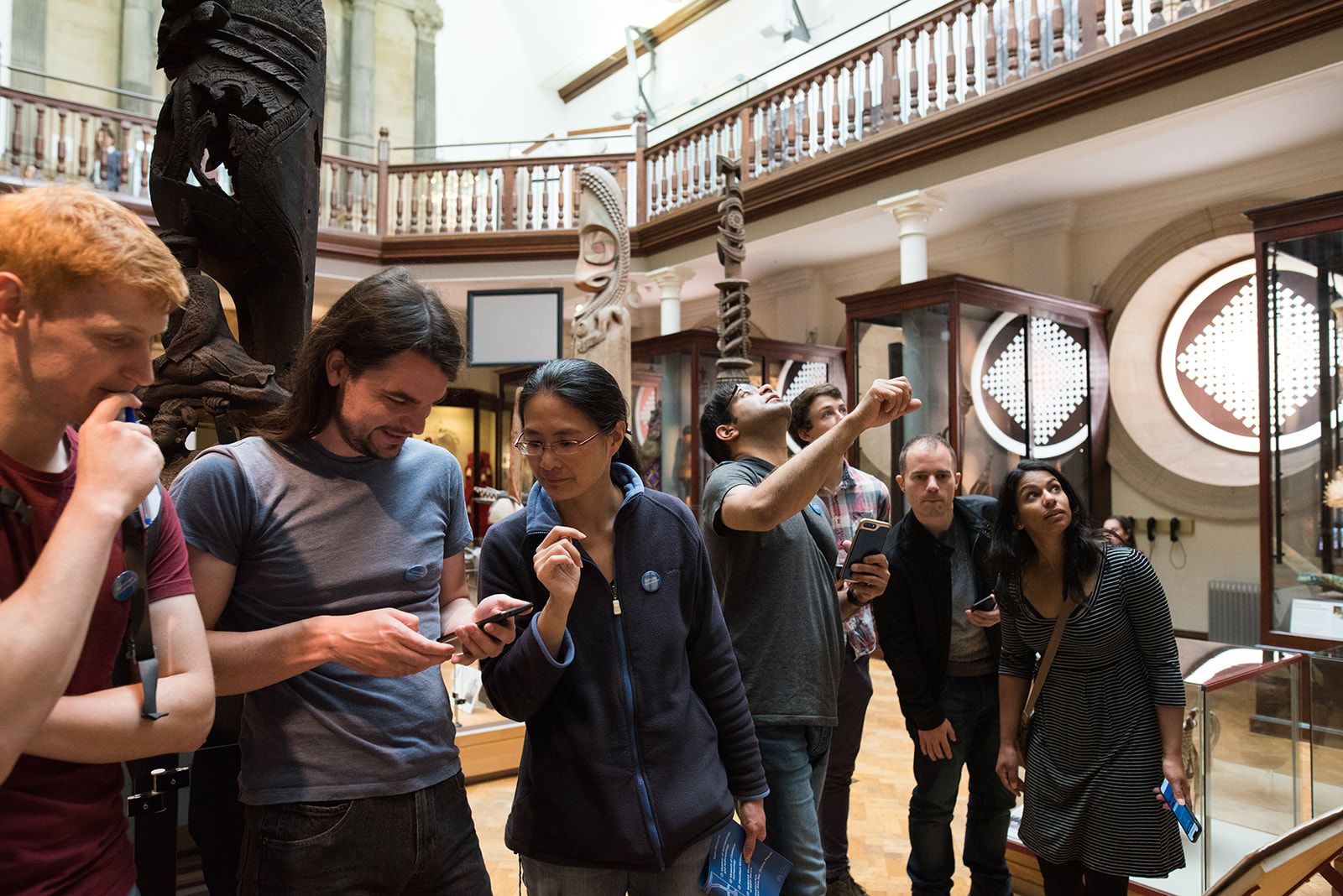
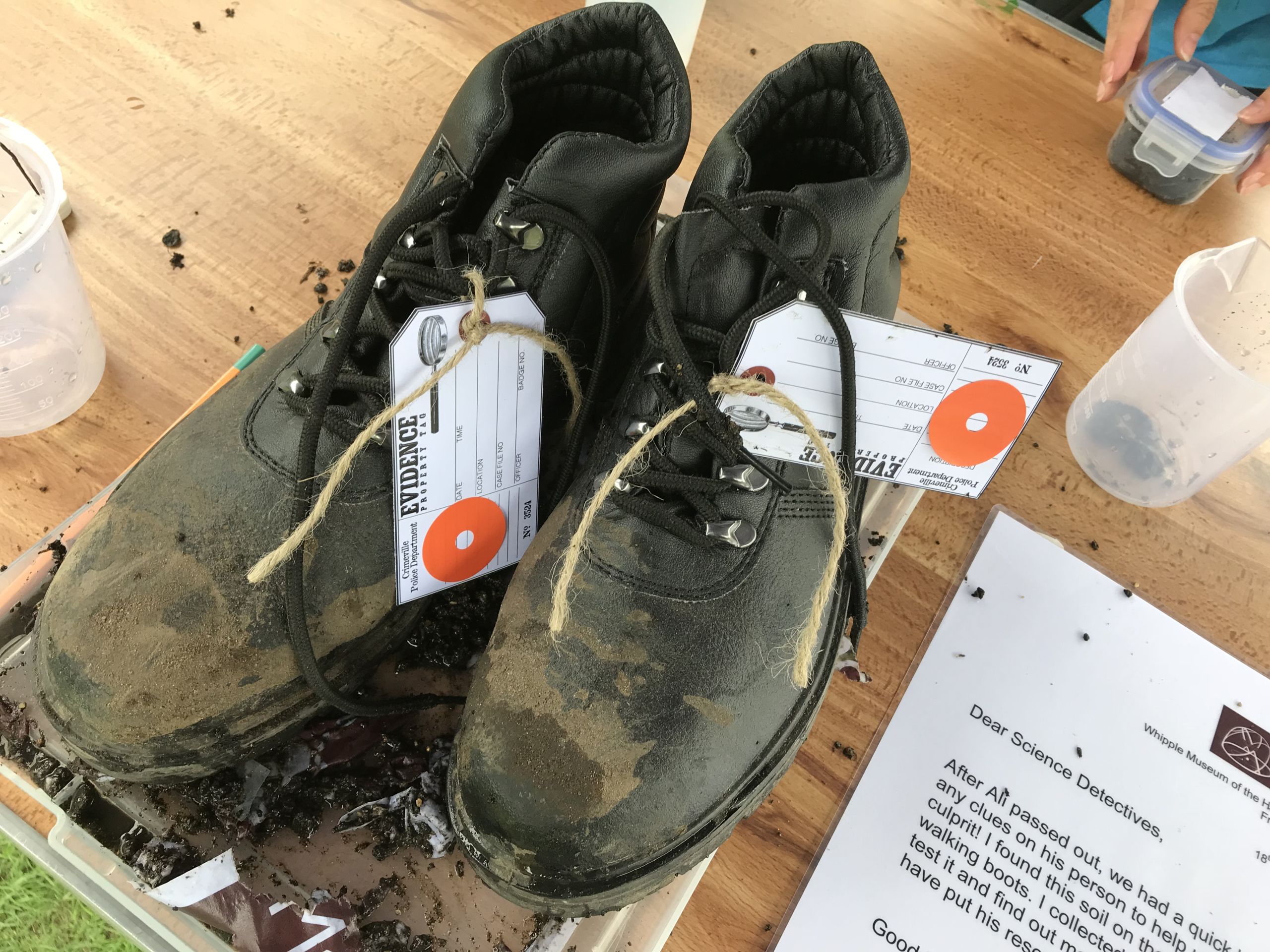
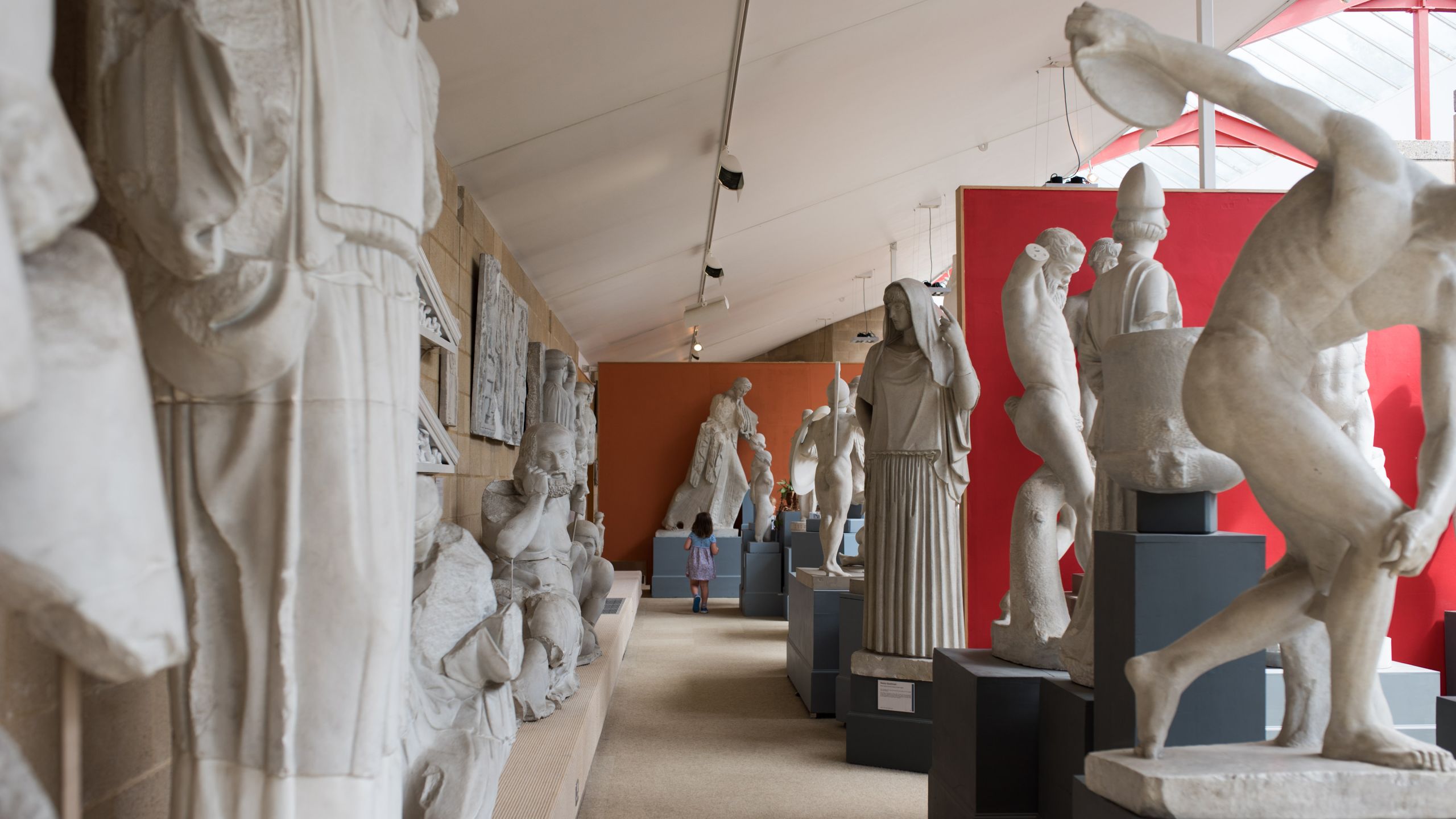
39,784 school children visited the UCM this year.
Thinking caps on: assuming a school year of 39 weeks, that's 1,020 a week engaging with our collections, with the help of our learning teams. This will be the first time the vast majority have entered a university space.
Alongside this bread-and-butter provision, we continue to work strategically with key partner schools and University colleagues to widen participation in culture, science and higher education.
I didn’t really want to go to university before but now I really want to go because it inspired me.
In March, the Museum Ambassadors from North Cambridge Academy, one of our strategic partner schools, celebrated International Women's Day with a takeover at the Museum of Zoology. They produced their own museum trail and social media posts, as well as interviewing women scientists from the Department of Zoology and Cambridge Conservation Initiative.
The power of culture
Creativity and culture have the power to transform health and wellbeing. That's the principle behind our inclusion and wellbeing programmes, and the reason why UCM are the East of England regional representative on the national Culture, Health and Wellbeing Alliance.
Dance like nobody's watching
This year, we were the only museum recipients of Building Connections funding from the National Lottery Community Fund to expand our Dancing at the Museum programme, working with sheltered housing residents across Cambridge to reduce loneliness and social isolation.
The idea to dance in the museum grew from a simple idea: the conviction that people should be able to dance in beautiful spaces, inspired by their surroundings, and enhancing their wellbeing through shared cultural experience, dance, self-expression and beauty.
It's such a release to move and dance... I've got so much inside that wants to come out.
The Art of Motherhood
In partnership with the Romsey Mill Young Parent Programme, eight young mums used the theme of motherhood to explore collections, choosing objects that made them think of their own experiences and then filming them.
Over ten weeks, they created their film at the Fitzwilliam Museum, visited the Museum of Zoology and had an outreach session from the Museum of Archaeology & Anthropology. As part of the project they achieved a Bronze Arts Award, a nationally recognised qualification. The project included crèche facilities for their children during the workshop time.
Motherhood is very isolating at times, it does blur out a lot of people, so when you become a parent, nobody really wants to know you.
This year also saw the launch of disability-friendly openings for families with autism, developed following focus group consultation. Each event allows families to explore the museum at their own pace while it is closed to the general public, with dimmed lighting, sensory toys and a chill-out room on hand.
Visual stories, available on the museums' websites, help families plan their visit, and we worked with Autism Anglia to develop a training module for staff and volunteers to ensure their welcome on arrival was as smooth and supportive as possible.
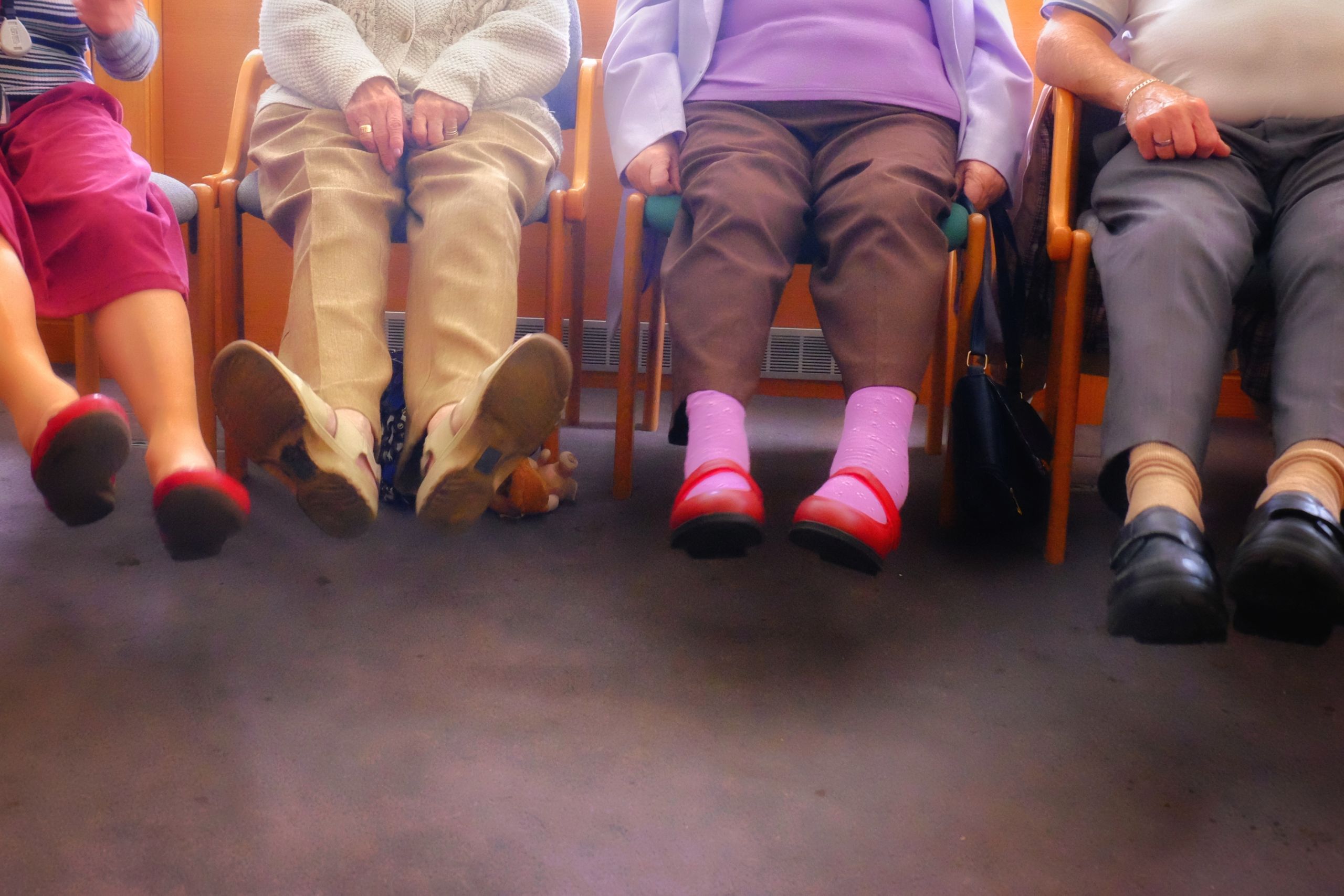
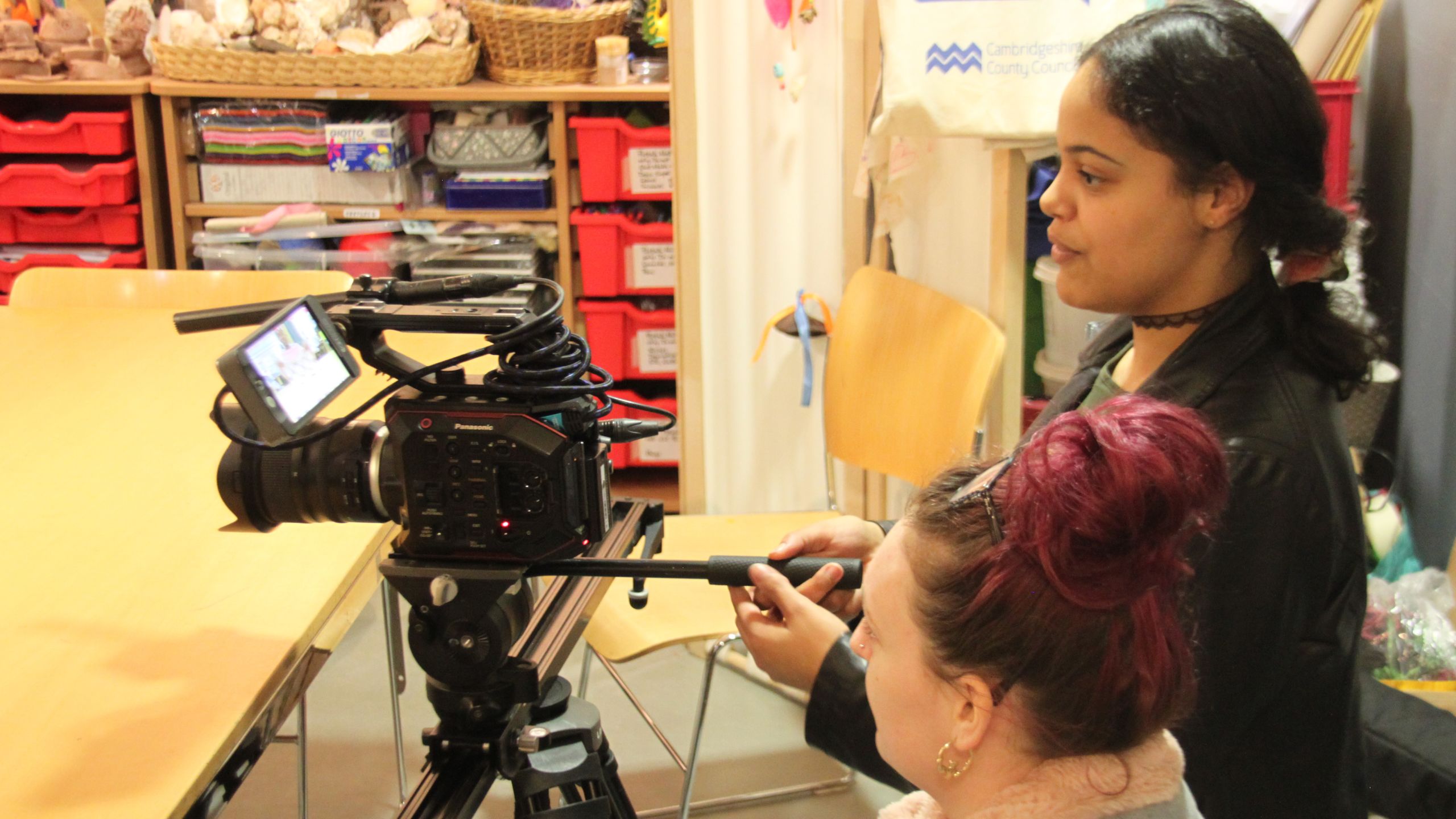
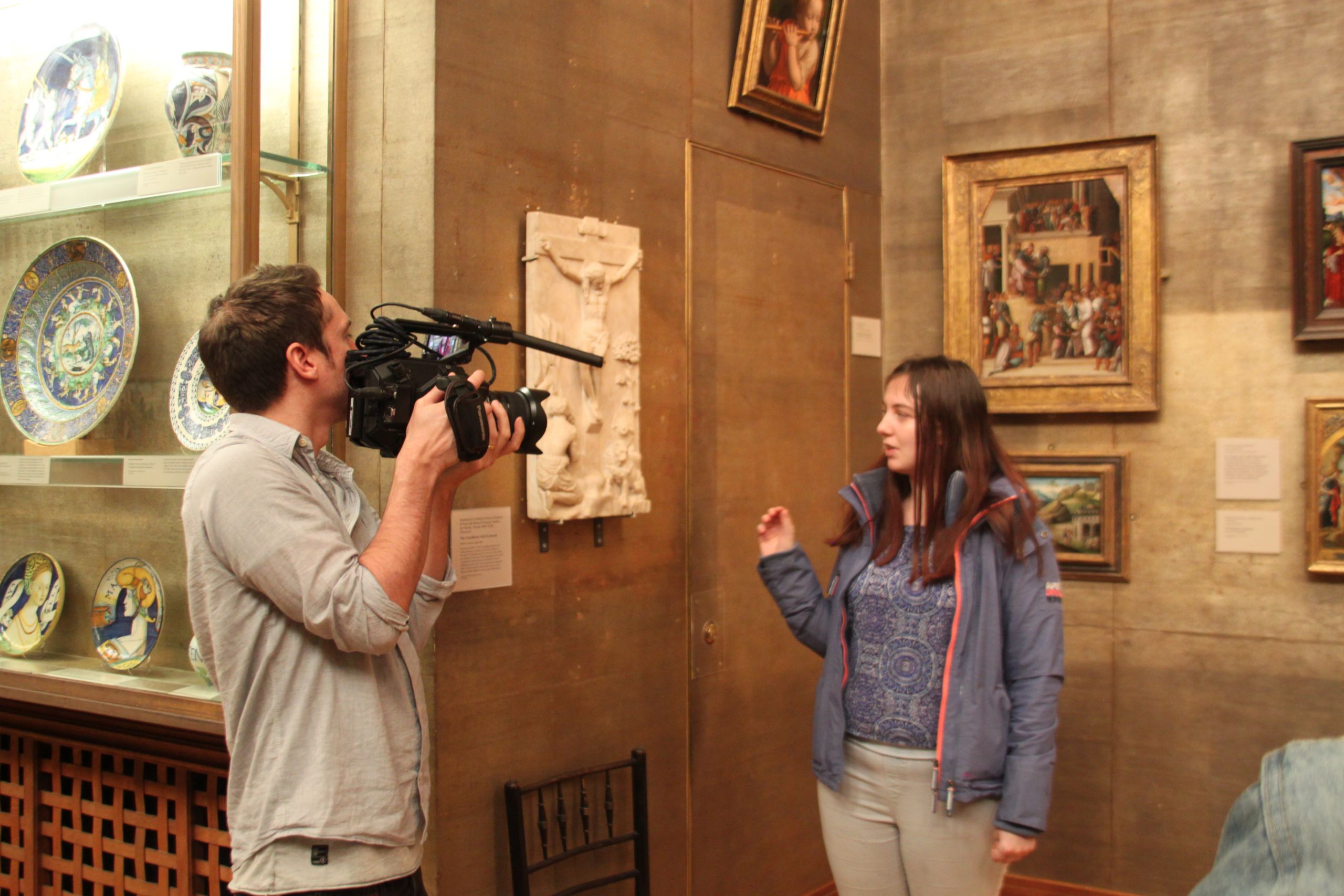
Sometimes in archaeology we come across objects that truly intrigue us.
The mysterious 11,500-year-old headdresses, found at the Mesolithic site of Star Carr in Yorkshire are just such an example. Made of deer skulls with antlers attached and holes bored into them, it is impossible not to look at the headdresses and wonder how they were worn and who wore them.
These questions and many others were explored throughout A Survival Story: Prehistoric Life at Star Carr at the Museum of Archaeology and Anthropology (MAA). The exhibition told the story of the remarkable discoveries made at Star Carr through MAA's collections, recent archaeological research, digital reconstructions and contemporary artworks.
Pacific presences
The acclaimed Oceania exhibition at the Royal Academy of Arts brought to fruition the Museum of Archaeology and Anthropology’s most ambitious international collaboration to date. Oceania was the first exhibition in any UK art institution to represent the arts and histories of Oceania, and the first major show dedicated to the Pacific in any northern hemisphere museum since 1979.
An ambitious, astonishing exhibition.
Linked with the 250th anniversary of the departure of Captain Cook on his first voyage to the Pacific, the exhibition was underpinned by a European Research Council-funded project, Pacific Presences: Oceanic art and European museums.
The project enabled a team of postdoctoral researchers to investigate the vast collections of art and artefacts from Oceania found in ethnography museums across Europe. Based in close collaboration with experts, artists and community members from across the Pacific, the project explored Indigenous art traditions, the histories of collections, and the values artefacts hold for Islanders in the present.
The exhibition is now touring to the Musée du Quai Branly Jacques Chirac, Paris.
Selected press coverage:
The Guardian
The Daily Telegraph
The Times
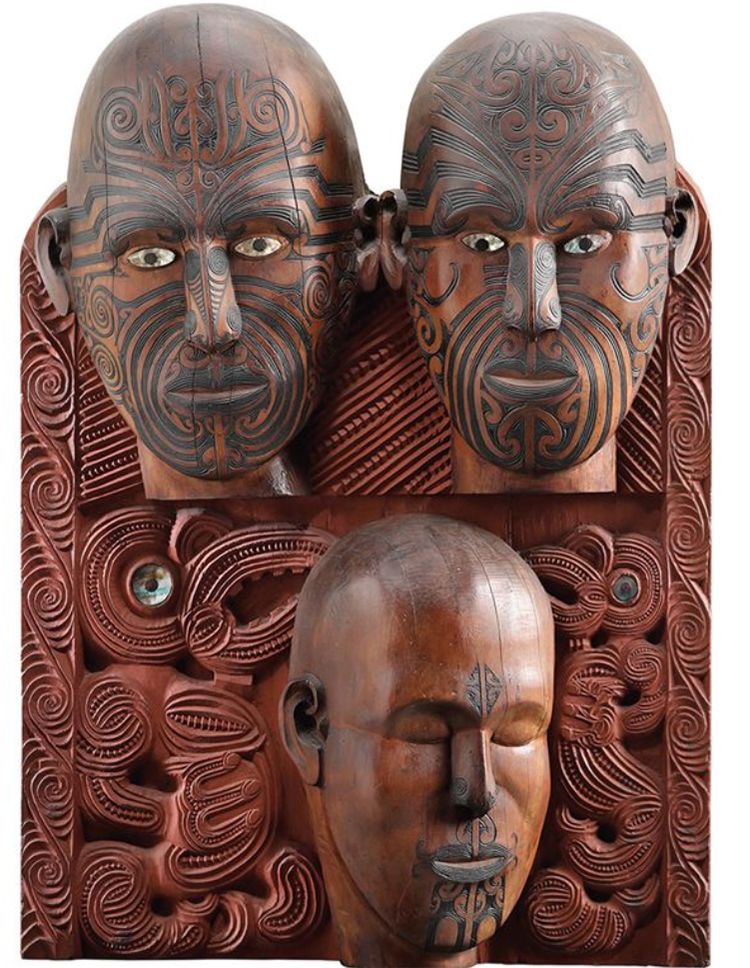
Tene Waitere, TāMoko panel, 1896-99. Te Papa (ME004211) © Image courtesy of The Museum of New Zealand Te Papa Tongarewa
Tene Waitere, TāMoko panel, 1896-99. Te Papa (ME004211) © Image courtesy of The Museum of New Zealand Te Papa Tongarewa
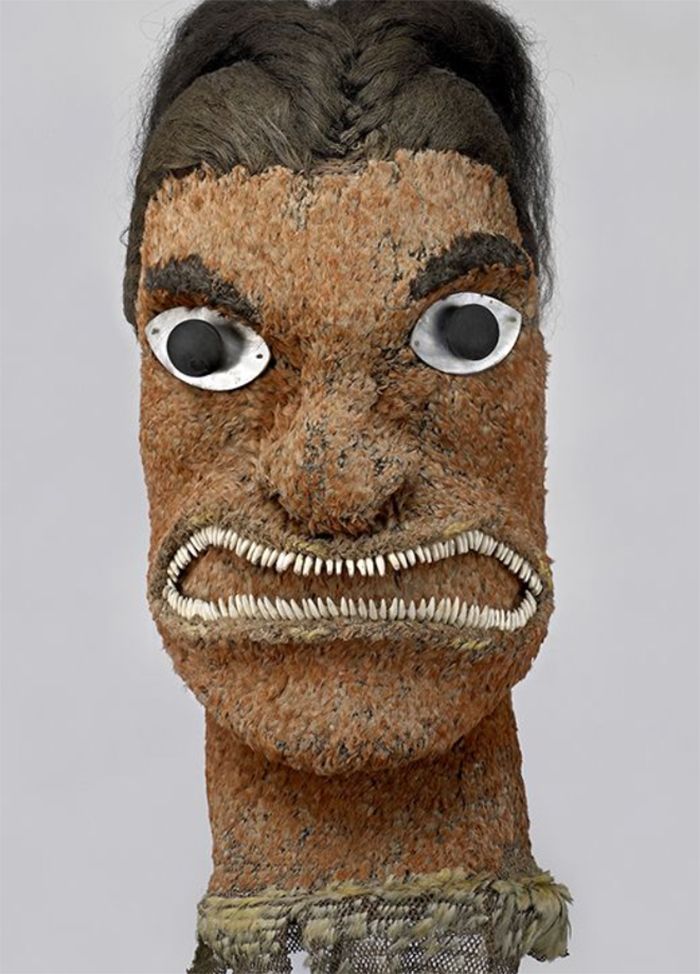
Feathergod image (akua hulu manu), Late 18th century, Hawaiian Islands. Fibre, feathers, human hair, pearl shell, seed, dog teeth, 62 x 30cm. Photo: © The Trustees of the British Museum
Feathergod image (akua hulu manu), Late 18th century, Hawaiian Islands. Fibre, feathers, human hair, pearl shell, seed, dog teeth, 62 x 30cm. Photo: © The Trustees of the British Museum
Something in store for the Sedgwick
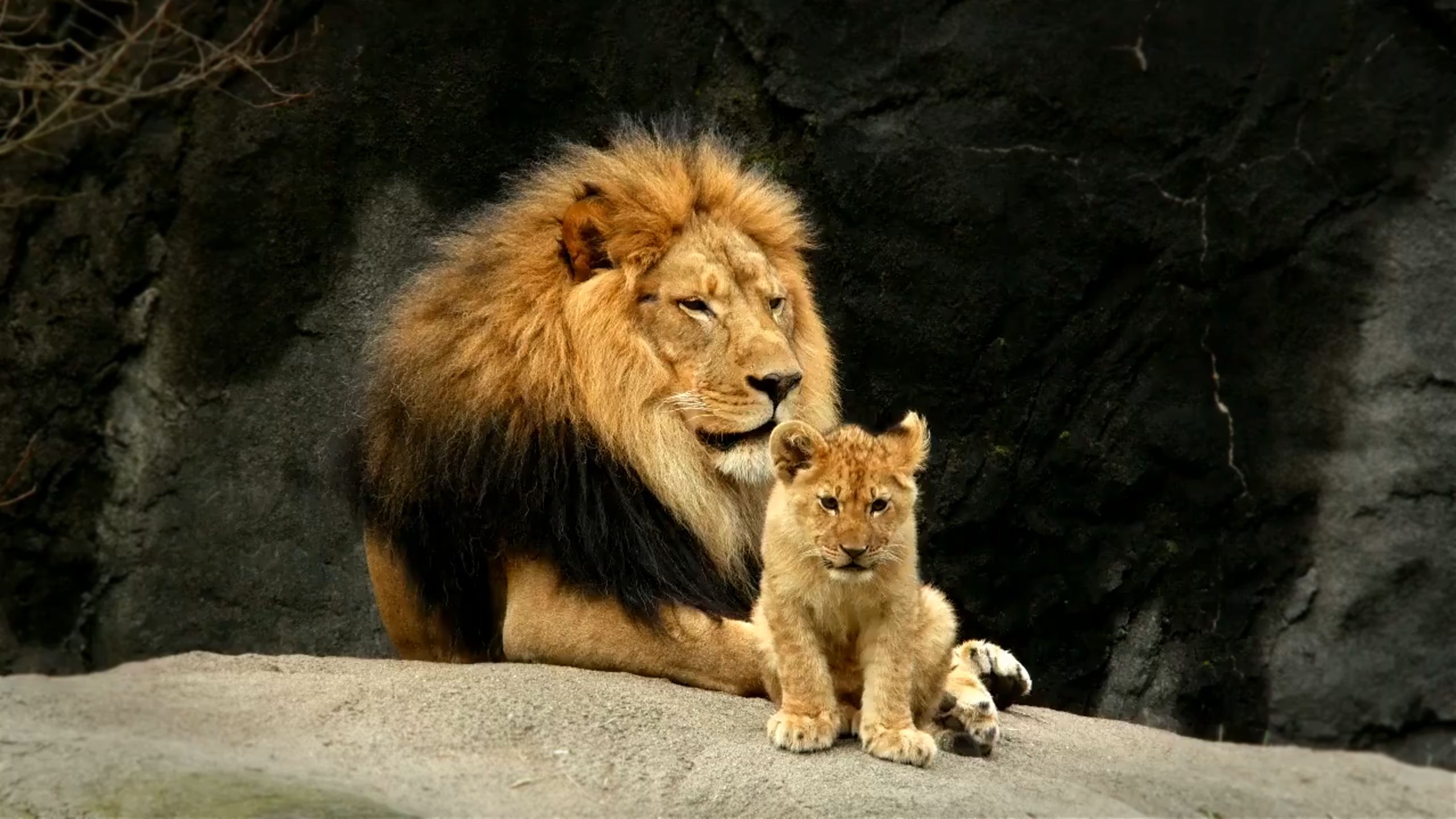
Something in store...
The Sedgwick Museum's internationally-important rock collections will soon be reunited under one roof, with ground broken in October at the site of a new store. Once completed, the Colin Forbes Building will provide high-density, climate-controlled storage next door to the Sedgwick's conservation unit and archive, making the collections much more accessible to researchers and the general public. More than 350,000 rock specimens will move to their new home, weighing more than 150,000 kg. Watch this space...
Find out more:
The view from my window: Forbes Building Update
Operation Wisbech Ceramics!
We continue to care for our collections to the highest possible standard, and to research new ways of doing so. We share our expertise across the region through the work of our dedicated Regional Conservator, and gave sector support organisation SHARE Museums East £11,750 in in-kind support through free venue use and staff time.
We provided targeted collections support to our partner, Wisbech and Fenland Museum, with the Fitzwilliam Museum's Applied Arts team supporting a pilot documentation project - code name 'Operation Wisbech Ceramics' - to catalogue and photograph the museum's important ceramics collection and make it digitally available in its entirety for the first time.
Museum volunteers were trained in object handling, photography and cleaning techniques, with the aspiration that the working model can be expanded across the rest of the Museum's collections, with UCM staff providing specialist support.
We were all pretty exhausted but very happy with how smoothly everything had gone, how much had been learnt and actioned, and how genuinely enjoyable the experience had been.
More on the UCM Blog:
Operation Wisbech Ceramics
Wisbech Ceramics Spring Clean!
Scroll on for more collections highlights.
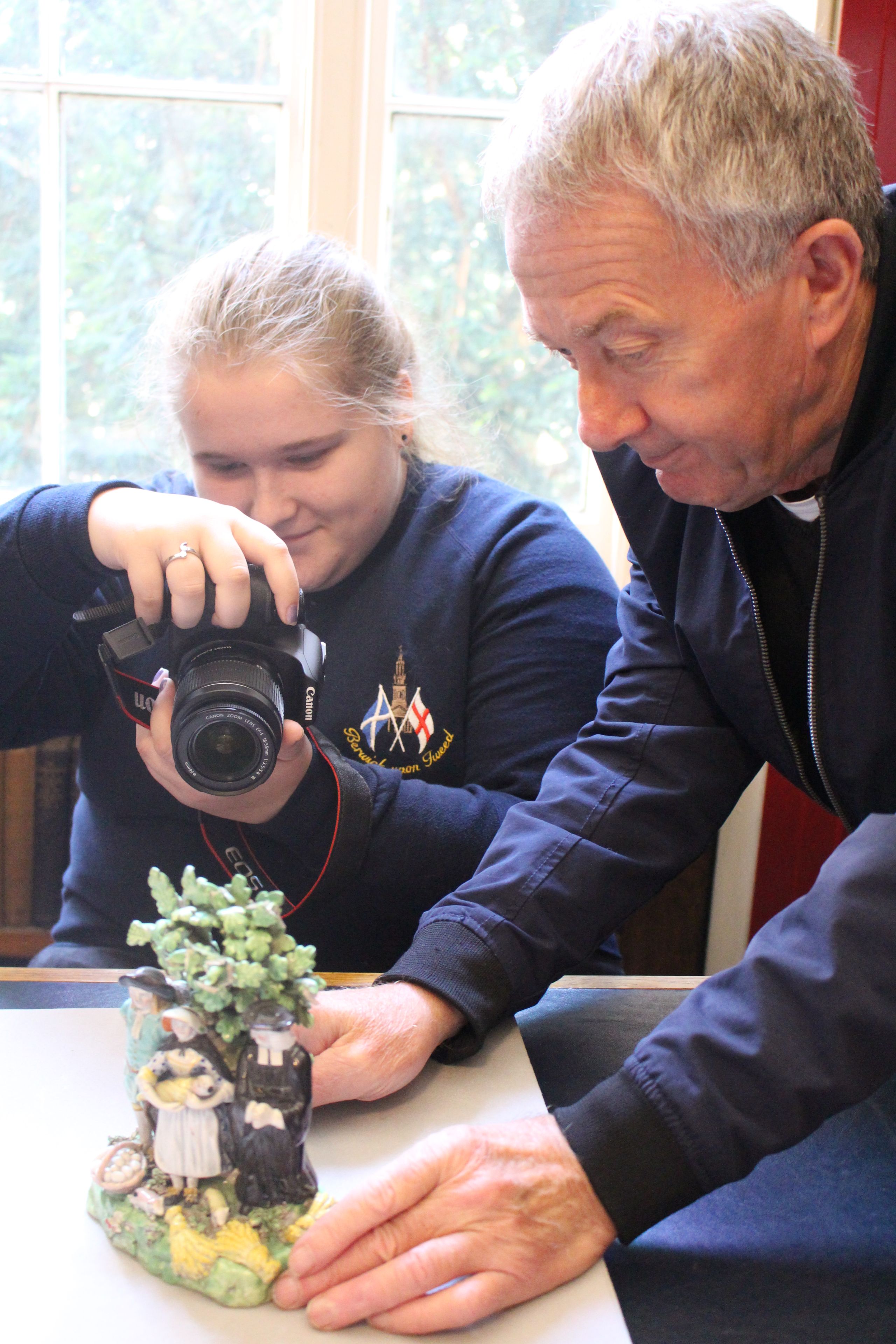
Volunteers at Wisbech & Fenland Museums photograph an object from the ceramics collection as part of Operation Wisbech Ceramics
Volunteers at Wisbech & Fenland Museums photograph an object from the ceramics collection as part of Operation Wisbech Ceramics
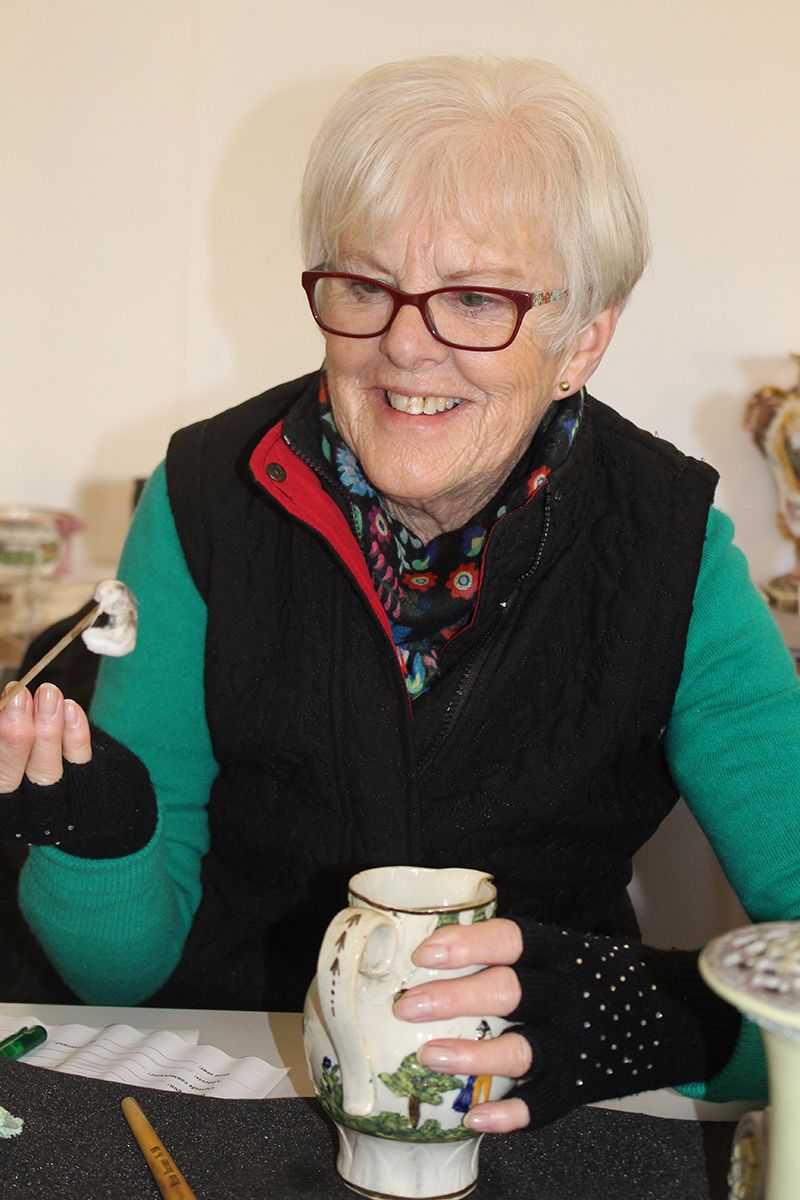
A Wisbech & Fenland Museum volunteer cleans a ceramic vessel as part of Operation Wisbech Ceramics
Wisbech & Fenland Museum volunteers learn how to clean ceramics as part of Operation Wisbech Ceramics
The University of Cambridge Museums are:
Museum of Archaeology and Anthropology
Museum of Classical Archaeology
The Fitzwilliam Museum
Kettle's Yard
The Polar Museum
Sedgwick Museum of Earth Sciences
Whipple Museum of the History of Science
Museum of Zoology
Cambridge University Botanic Garden
Working closely with:
Cambridge University Herbarium
Cambridge University Library
P.S.
You might have noticed we have a new look this year. Our new visual identity guidelines are supporting a campaign to showcase the UCM offer across the East and beyond - including our very first lamppost banner campaign.
You can find out more about all our activity on our new website and on our blog.

